How and when to prune catmint – follow our 4 simple steps for beautiful blooms
Ensure that your catmint puts on a brilliant floral display with our expert pruning advice
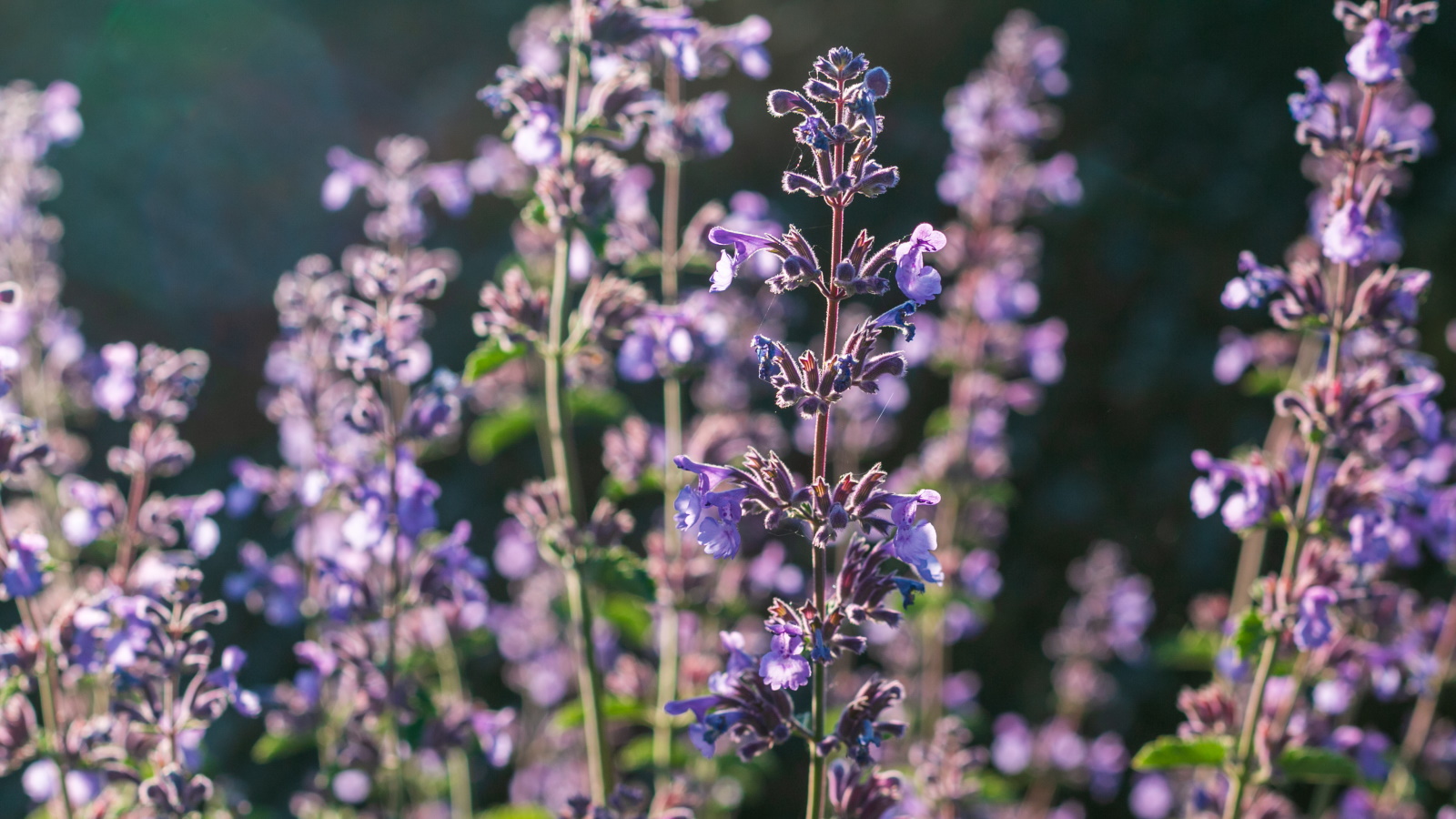

Catmint is an attractive flowering perennial celebrated for its fragrant foliage and brilliant mauve blooms. Catmint, or Nepeta, is named as it attracts cats with its aromatic fragrance, who will often be seen inspecting and brushing past these plants in the garden border.
Often considered one of the best perennials in terms of its reliability and floral performance, catmint will often bloom throughout much of the spring and summer with relatively little attention. After its blooms have faded, the grey-green foliage is both aesthetically appealing and useful for companion planting in the backyard. What's more, catmint is prized for its flowers that attract bees, so for those gardeners wanting to support pollinators this summer, catmint is the plant pick for you.
While it is considered one of the many easy-to-grow Mediterranean plants, knowing how and when to prune catmint is vital to maintaining a healthy plant.
How and when to prune catmint
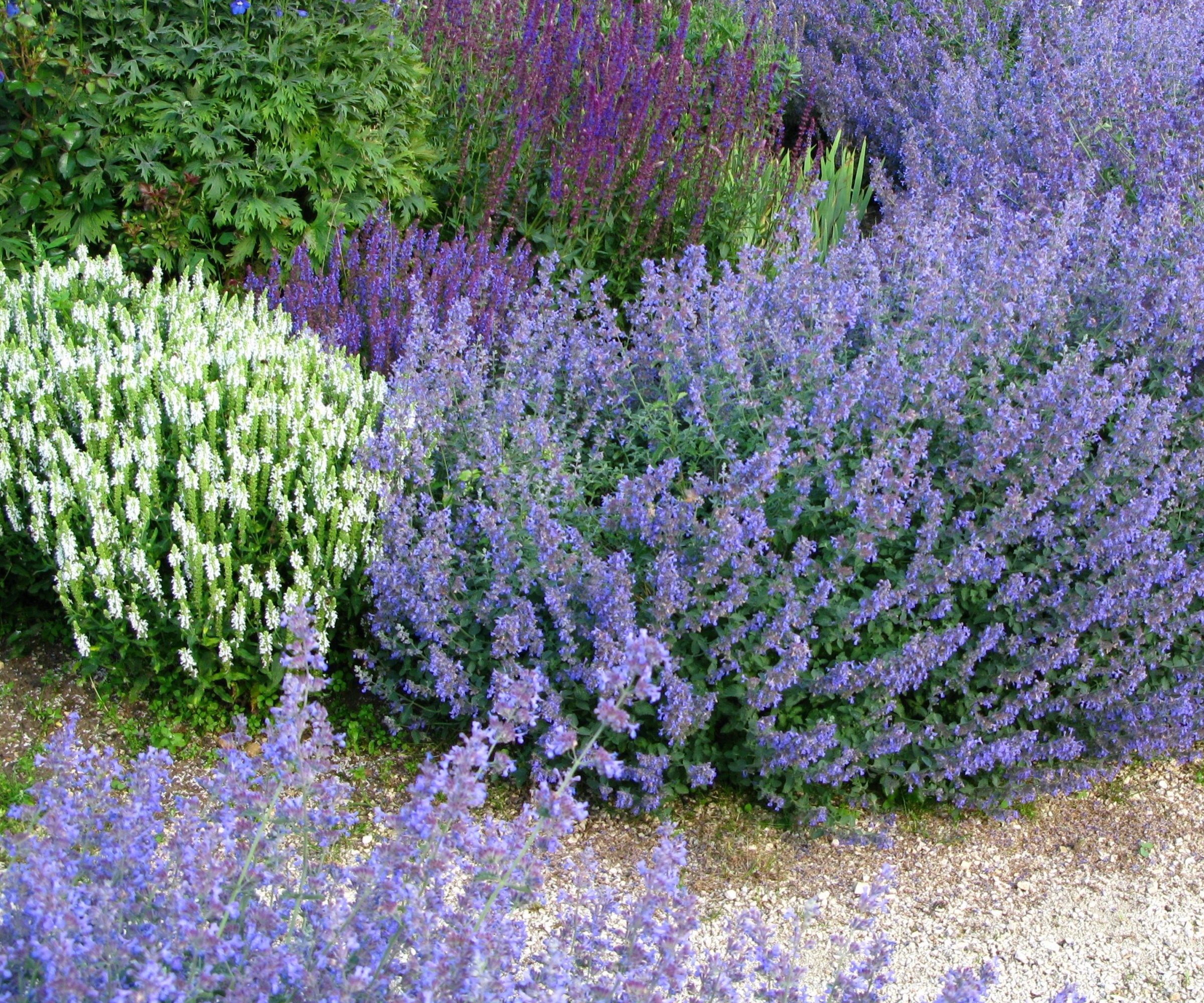
With delicate mauve blooms and attractive grey-green foliage, catmint is a reliable plant to grow in the garden borders. Experts reveal when and how to prune catmint at the correct times in four simple steps that will help your catmint thrive.
Growing catmint
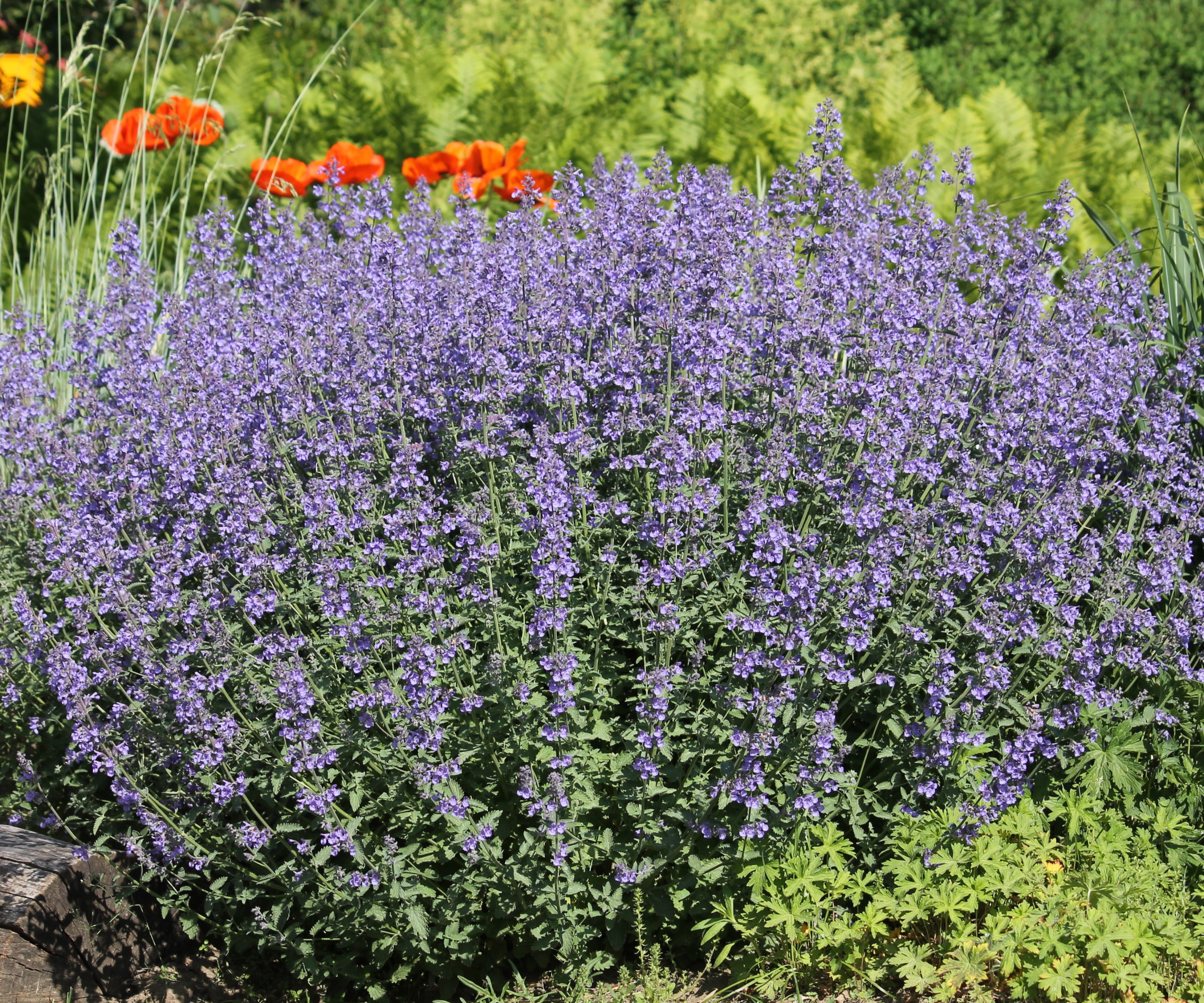
Catmint is a hardy perennial that is both low-maintenance and reliable. Growing well in US hardiness zones 3 to 8, this flowering plant thrives in a sunny position with well-draining soil. Catmint can quickly establish itself and fill garden borders or containers in the backyard with fragrant foliage and colorful blooms.
While low-maintenance, there are four simple pruning stages to follow throughout the year. 'Knowing how and when to prune catmint correctly is crucial for a healthy and well-maintained plant,' says Mike Murphy, garden expert and owner at You Had Me At Gardening. When broken down into four quick and easy steps, little time and effort will be required to keep your catmint looking great year after year.
Before spring, it can be a good idea to inspect and clean all of your essential gardening tools, so that they are ready to use in the busy months ahead. 'Be sure to use clean, sharp pruners, when cutting back,' says Mike. It is a good idea to 'sterilize them beforehand with something such as alcohol,' Mike adds, as well as sharpening using a sharpening stone. Taking time to maintain your garden tools will help to make pruning jobs much easier.
Shop for pruning tools
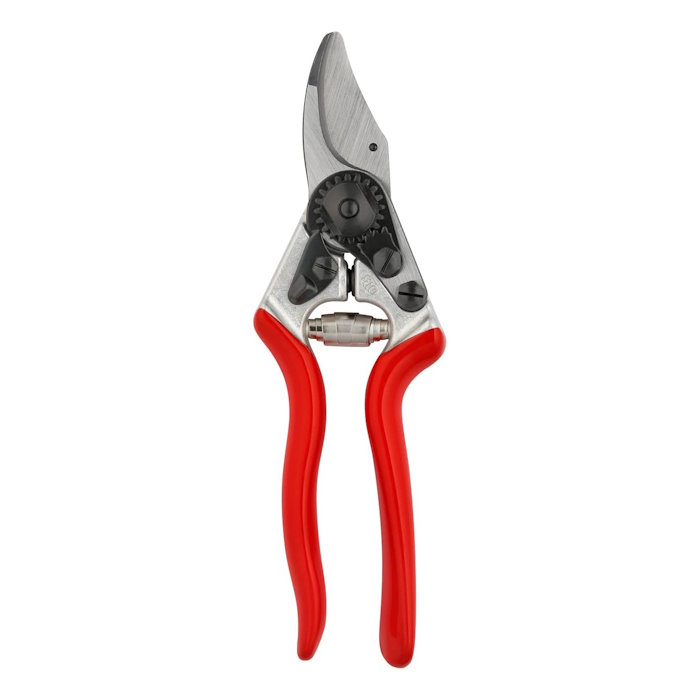
A pair of high-quality pruning shears with forged aluminum handles with a red grip. The hardened steel blades help with effortless cutting back in the garden.
4 simple steps to pruning catmint
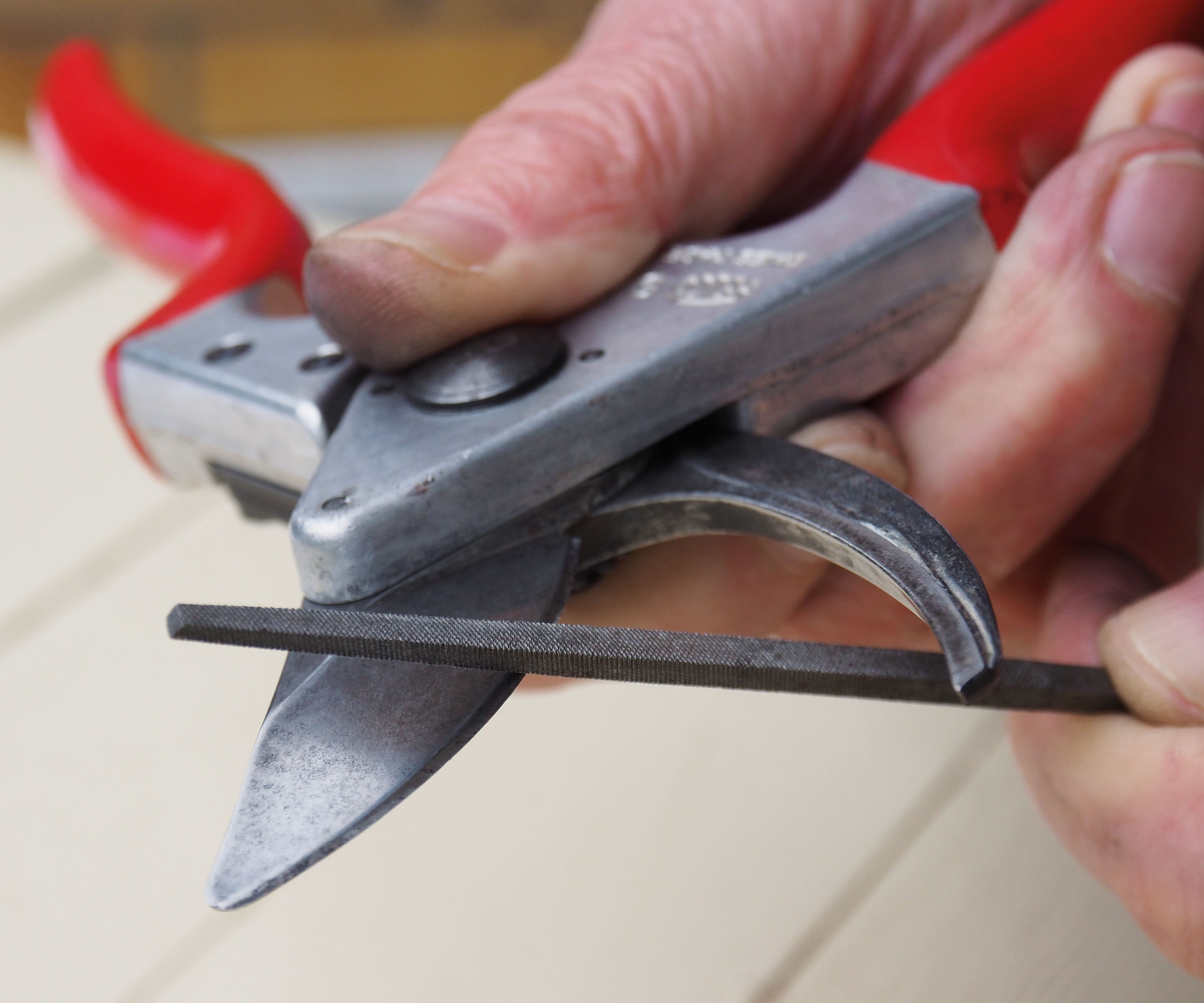
1. Spring pruning - Catmint is a perennial that should be on your list of plants to prune in spring. 'Early spring is a great time to prune catmint,' Mike says. 'The trick is to prune your plant just as new growth is beginning to emerge.' It is recommended to leave some stems over winter to provide shelter and food for pollinators and wildlife. As the temperature begins to rise - usually around March depending on your location - you will begin to see green shoots emerge at the base of the plant. At this stage, it is recommended to cut the perennial down to the base, leaving no more than 1 to 2 inches of the old growth. While this may seem severe, your catmint will quickly produce new stems.
2. Deadheading - Green growth will quickly emerge and grow, eventually producing beautiful mauve flowers in the springtime. During the growing season, it is recommended that you 'remove dead or damaged stems and spent flowers to encourage more vigorous growth,' adds Mike. Using clean, sharp pruners, carefully cut these stems down to the base of the plant, ensuring that you do not damage any new or healthy stems. If you are considering how to make compost in your yard this year, catmint stems and other green waste can be added to the compost heap.
3. Cut back after the first flowering - After the initial bloom period, typically around May depending on your location, it is recommended that you prune your catmint plant by about one-third. In the UK, this is typically referred to as the Chelsea Chop, so named as this mid-spring cutting back of perennials usually coincides with the Royal Horticultural Society (RHS) Chelsea Flower Show. By pruning at this time, and completing a Chelsea Chop, you will encourage a second flush of blooms. 'This will promote healthy growth and abundant summer flowers,' says Gail Pabst, plant expert and Marketing Director for the National Garden Bureau. 'Catmint is resilient, so don't be afraid to prune it vigorously,' adds Gail.
4. Tidy up in the fall - In late fall, after the first frost, it is recommended to tidy up your catmint as you prepare the yard for winter. Catmints can often flop over or fall onto pathways towards the end of the growing season. If they are blocking steps, for example, take some pruning shears and remove a few inches of your catmint plants at the start of fall to remove any risk of danger. Importantly, only remove as much as you need to, leaving the majority of the perennial in place, which you will then cut back in spring.
FAQs
When is the best time to prune my catmint in spring?
Pruning times will vary for different people depending on their local climate and hardiness zone. It is recommended that you prune your catmint plant/s down to the base in early spring, at the point when you can see tiny green shoots emerging. This is usually around March, but will be determined on your location.
When should I plant catmint?
It is best to plant catmint in the fall or spring months when the temperature is mild and there is no risk of frost. While planting can take place in summer, plants can be vulnerable during hot weather and will require regular watering during dry spells until they are established.
By following these simple pruning steps, you can keep your catmint looking healthy and vibrant, helping your plants to bloom year after year. Consider adding to your catmint perennials in the garden borders by growing other flowering plants that regrow every year, such as echinacea and lavender.
For more perennial pruning advice, see our guide on when to prune blazing star, to keep this native plant looking its best.
Sign up to the Homes & Gardens newsletter
Design expertise in your inbox – from inspiring decorating ideas and beautiful celebrity homes to practical gardening advice and shopping round-ups.

Thomas is a Content Editor within the Gardens Team at Homes and Gardens. He has worked as a professional gardener for both public spaces and private estates, specializing in productive gardening, growing food and flowers. Trained in Horticulture at the Garden Museum, he has written on gardening and garden history for various publications, including The English Garden, Gardens Illustrated, Hortus, The London Gardener and Bloom. He has co-authored a Lonely Planet travel book, The Tree Atlas, due out in 2024.
-
 5 surprising but brilliant ways to clean with old socks – from perfectly buffing stainless steel to deterring pests naturally and more
5 surprising but brilliant ways to clean with old socks – from perfectly buffing stainless steel to deterring pests naturally and moreTackle dust in tricky corners, clean your mirrors and even banish bad odors with those rogue single socks
By Andy van Terheyden Published
-
 How to grow astilbe – expert advice on cultivating this shade-tolerant flowering perennial
How to grow astilbe – expert advice on cultivating this shade-tolerant flowering perennialShade-tolerant and pest-resistant - astilbe are hardy and tough perennials that can thrive in many settings
By Ellen Wells Published

